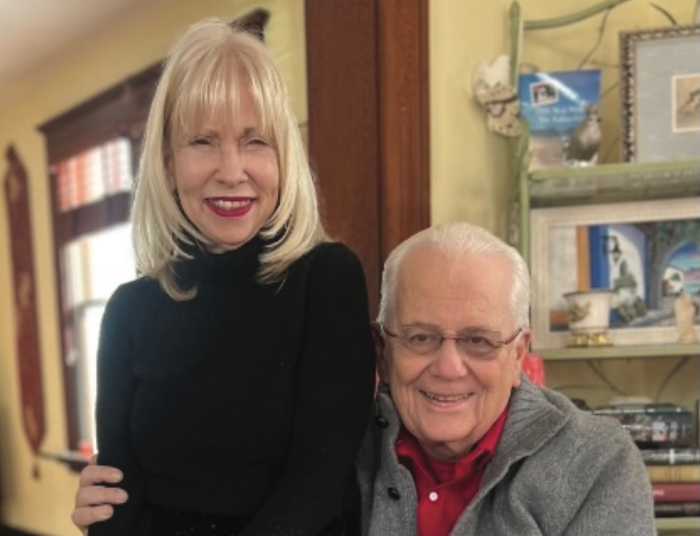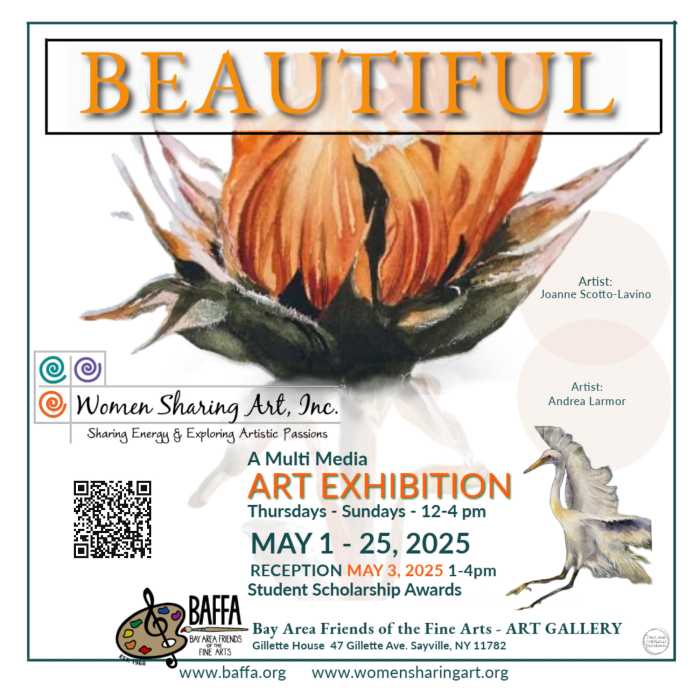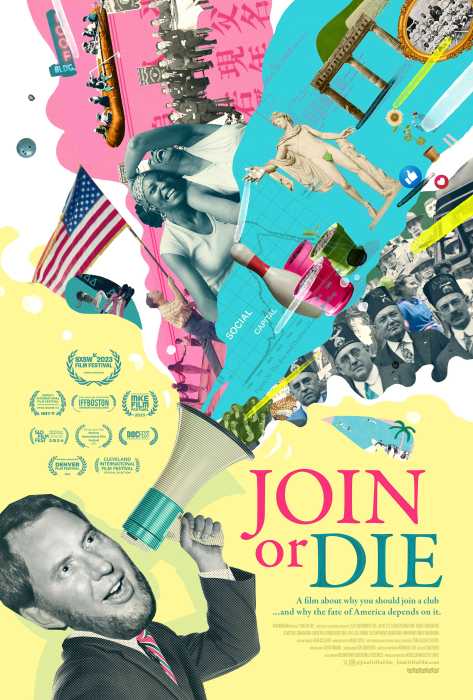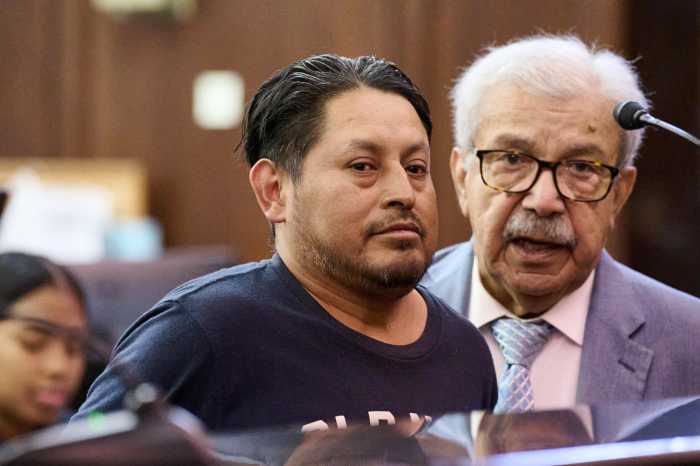By Hannah Flynn ~ The iconic ballet, “The Nutcracker,” which was written in the 1800s, has now been reimagined after its second act was called out as uncomfortable, racist, and inaccurate numerous times to the New York City Ballet. With a need to incorporate diversity and accurate representations of Asian cultures into the 21st century, the advocacy organization Final Bow for Yellowface was formed.
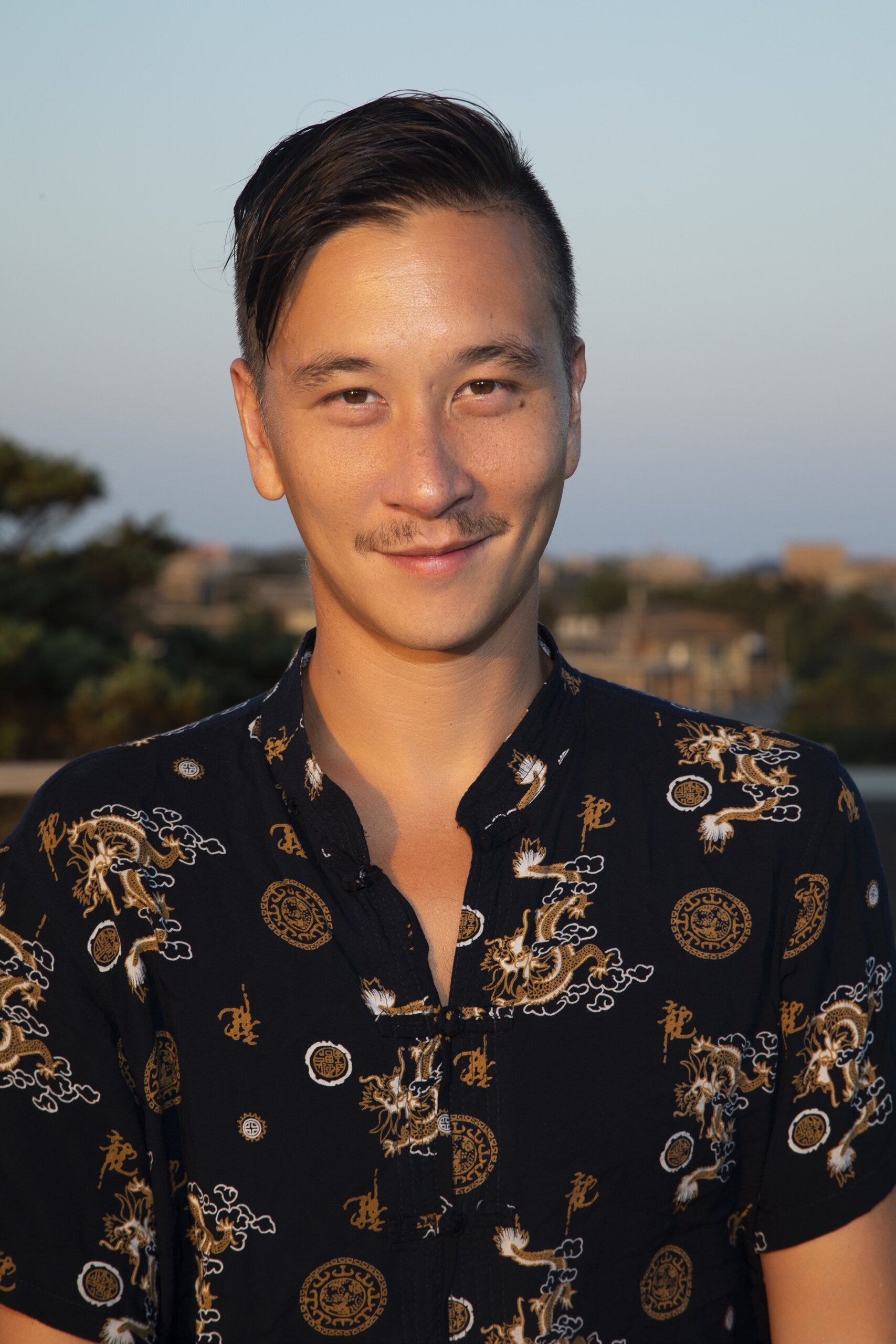
Phil Chan of Fire Island Pines, co-founder of Final Bow for Yellowface and The Gold Standard Arts Foundation.
Phil Chan, resident of Fire Island Pines and co-founder of Final Bow for Yellowface, said the idea for the organization was sparked by a conversation at one of the New York City Ballet’s diversity committee meetings in 2017. Here, Peter Martins, artistic director of the New York City Ballet, expressed his discomfort with the number of complaints he received throughout the years surrounding the second act of The Nutcracker.
In this act, different cultures and nationalities are represented and according to Chan, “it just seems like the non-European cultures were always caricatures, overly sexualized, the butt of the joke, or in literal yellowface.”
But, because The Nutcracker is such an iconic piece and is a staple for most companies during the holiday season, Martins was stuck. He didn’t want to cancel the show, but he knew there needed to be change.
Georgina Pazcoguin, a soloist at the New York City Ballet who part of that diversity committee meeting, and a co-founder of Final Bow for Yellowface, encouraged Martins to connect with her friend, Phil Chan, because he understood ballet at a deep level and knew what it was like to be Chinese in America.
“We talked about the history of ballet as an art form, the history of how Asians have been represented in theater and opera, Broadway, TV and radio, and how all of these are connected,” said Chan. “We looked specifically at The Nutcracker and after that, he agreed to make some subtle changes to the makeup, the choreography, and the costuming.”
And Chan says that Martins wasn’t the first person to recognize a need for change, as Peter Boal at Pacific Northwest Ballet had begun making changes in 2015 and Adam Sklute had done the same at Ballet West in 2010; however, this sparked a larger discussion surrounding the representation, or rather, the misrepresentation of Asian cultures in ballet and opera.
And rather than following along with cancel culture or bringing the issue online, Chan and Pazcoguin set out to change the minds of a few leaders in ballet and created Final Bow for Yellowface.
In February 2018, the co-founders urged leaders in major companies to re-think the dances, the makeup and the costuming for Nutcracker productions they would have later that year.
Since that first conversation with Peter Martins in 2017, almost every major American company, as well as non-American companies like The Scottish Ballet, The Royal Ballet, The Australian Ballet, and The National Ballet of Canada have all taken the pledge to rethink the portrayals of non-white persons in their productions.
In fact, according to Chan, last year the 353-year-old Paris Opera released a diversity report that cited the work of Final Bow for Yellowface as a factor in its decision to no longer do blackface or yellowface in their ballets or operas.
“It’s really had this ripple effect that’s getting people to ask this question and find creative solutions without cancelling the work,” said Chan. “It’s like, how do we do it, but do it better, twist it, reimagine it and be creative with it? It’s really easy to not be racist if you just have a little imagination.”
Though there has been great change in the past five years, some companies and cultures, like Russia, still refuse to alter their performances. And while Chan and Pazcoguin are continuing to lead successful conversations surrounding how to adapt and rework racist dances, costuming and makeup, they have discovered another issue surrounding the lack of leadership for the Asian community in dance.
To combat that, Chan is now President of a new organization, The Gold Standard Arts Foundation, which aims to support Asian artists and create opportunities for collaboration in creative spaces.
Chan understands that the work he does comes with a need for understanding and respecting history and tradition. But he also noted that respecting the historical work does not mean there isn’t room for change.
“The static art forms like painting, drawing, film, photography and sculpture capture the zeitgeist of the moment. You can’t put a mustache on the Mona Lisa,” he said. “But in the performing arts, every show is different. Your body is different, what you did last season is not what you’re doing this season.” In essence, “Change is baked into the art form,” according to Chan.
Phil Chan is an advocate for change. Alongside his friend and co-founder Pazcoguin, Chan has developed an opportunity to educate, to cultivate, and to rethink portrayals of ballet and opera. Two people saw an opportunity to affect change, beyond the New York City Ballet, and one of them is part of our Fire Island community.



